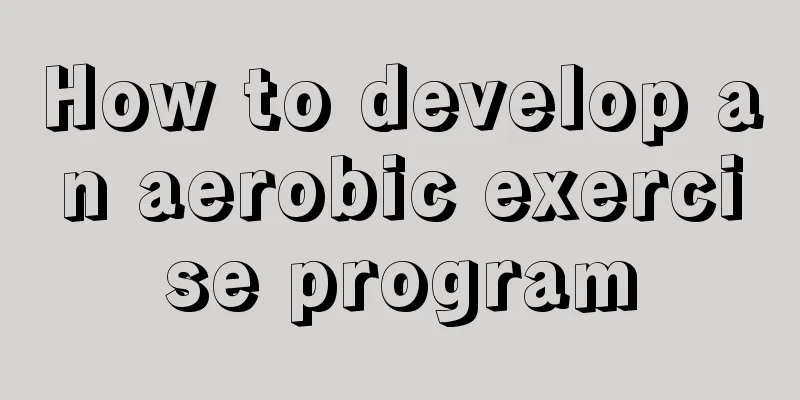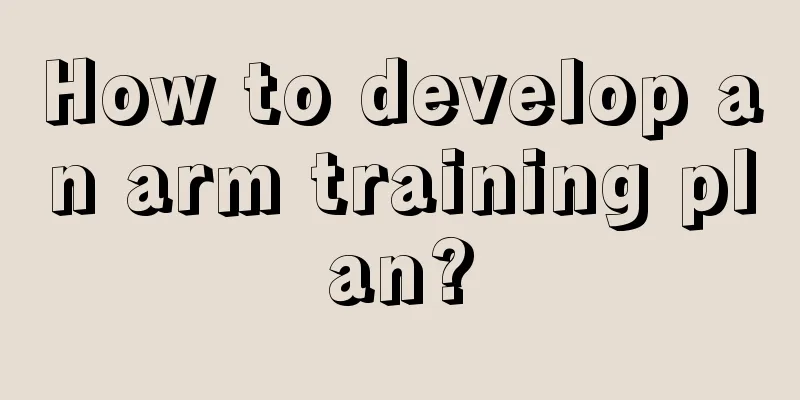How to practice single and double bars

|
The horizontal bar and parallel bars are both common fitness equipment and are also one of the events in men's competitive gymnastics. When doing fitness on the horizontal bar and parallel bars, you must master some essentials of the movements. As a beginner, you must take some simple movements to avoid muscle injuries and avoid causing adverse effects on your health. Its movement requirements are relatively high, so you should proceed step by step. 1. Parallel bar straight arm support Exercise parts: entire arm muscles, shoulder joints, waist and abdomen. Action: Support the bar with your arms straight, chest and abdomen straightened, legs together, toes pointed. You can first lie on the low parallel bars, support the bars with both arms and move forward to increase your supporting ability. 2. Hanging arm support Exercise parts: arm muscles and shoulder joints. Action: Bend your arms and hang on the bar horizontally, hold the bar with your hands slightly outwards, and let your body hang naturally. 3. Hanging Arm Bend Exercise area: abdominal muscles Action: Hang your arms, press the bar with both arms, first lean your upper body backward, drive your legs to swing forward, then tighten your abdomen, lift your legs and bend your hips, repeat 8 to 8 times. You can first do abdominal contraction, leg raises and sit-ups on the mat as auxiliary exercises to strengthen your abdominal muscles. hint: 1. The lowering speed should be slow and as low as possible. 2. Do not shake your body at will, keep your balance. 3. Don't complete the movement by swinging your body back and forth. 4. For beginners who do not have sufficient strength, you can choose a bench, bed or other furniture and perform the same movements (putting your feet on the ground can reduce the weight load). 4. Support Swing First support yourself with straight arms, then start to swing. Keep both arms straight while swinging, with your shoulders as the axis, and move from small to large. When swinging forward, push your hips forward and extend your toes far out. After the upper body swings back past the vertical position, speed up the swinging speed of the legs and repeat 5 to 6 times. You can hang a small ball (at chest height) in front of and behind the bar, and start swinging from a supporting position so that your feet touch or are higher than the ball. 5. Hanging arm support swing Start with the hanging arm push-up, then swing your body down, and after passing the vertical position, let your head and shoulders droop slightly. When the legs swing back out of the bar, the shoulders move slightly, then the legs fall down, and the legs actively swing forward. Repeat 5 to 6 times. When practicing for the first time, you can first swing your arms back and forth, and then do the hanging arm bend push-ups. 6 6. Hanging Bar Knee Bend and Leg Curl Hold the horizontal bar with both hands and hang your body straight down under the bar. Bend your knees and pull your calves up as far as you can. At the highest point, fully contract your rectus abdominis for one second. Then slowly lower your calf until it is fully straight. Inhale as you raise your calves and exhale as you lower them. As you curl your calves, try to lift your knees upward. 7. Pull-ups Parts trained: A classic back training exercise that focuses on the latissimus dorsi, with the forearm muscles, biceps and posterior deltoid muscles providing auxiliary support. Very helpful in increasing the width of the latissimus dorsi. If you need to add weight, you can hang a barbell from a training belt. Action: Hold the hands wide, let them hang naturally, relax below the waist, and cross your calves behind your back. Lift your chest and use force to quickly raise your upper body until your upper chest almost touches the horizontal bar. At this time, your upper body will be in an arch shape when viewed from the side. Contract at the highest point for 2 to 3 seconds, then return to the original position in a controlled manner. Then proceed to the next move. 1. Inhale through your nose when doing pull-ups and exhale through your mouth when doing pull-ups. 2. Do not shake your body and try to reduce the use of force. |
<<: Where to train for parallel bar dips
Recommend
What is the correct running posture for losing weight?
Usually, we often do some aerobic exercise. There...
How to practice skipping rope
When we first started physical education class, w...
What is the training value of volleyball?
Sports are a necessity for our survival. There ar...
What is the first aid and treatment method for sports shock?
Shock is a more dangerous condition than fainting...
Can I drink yogurt while exercising?
Fitness is a very popular word nowadays. I rememb...
What are the functions of yoga resistance bands?
The yoga resistance band can be said to be a comm...
What are the basic yoga movements?
Physical exercise is one of the most important ex...
What are some aerobics for losing weight?
Don’t think that only men go to the gym to exerci...
What are the fitness exercises?
Every woman wants to have perfect curves, but oft...
How to choose fitness equipment?
Now fitness has almost become a trend, and many y...
How to practice yoga well?
Yoga is becoming more and more popular in our liv...
How to increase leg muscles
Friends who often do fitness exercises should kno...
How to lose muscle legs
Many leg exercises can help reduce leg muscles, b...
How to lose belly fat with fitness equipment
It is easier to accumulate fat on the belly, and ...
Can push-ups reduce belly fat?
There are many ways to reduce belly fat. Some peo...









